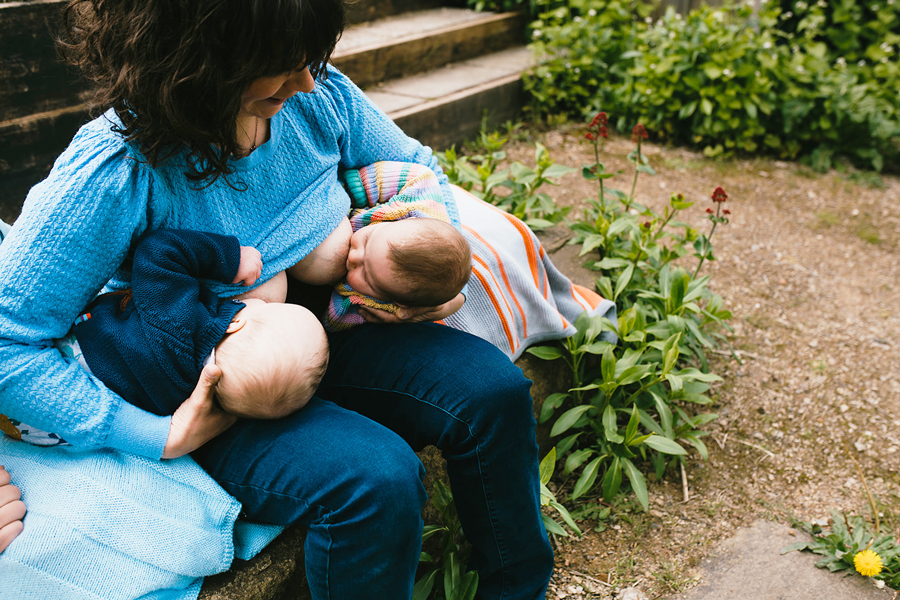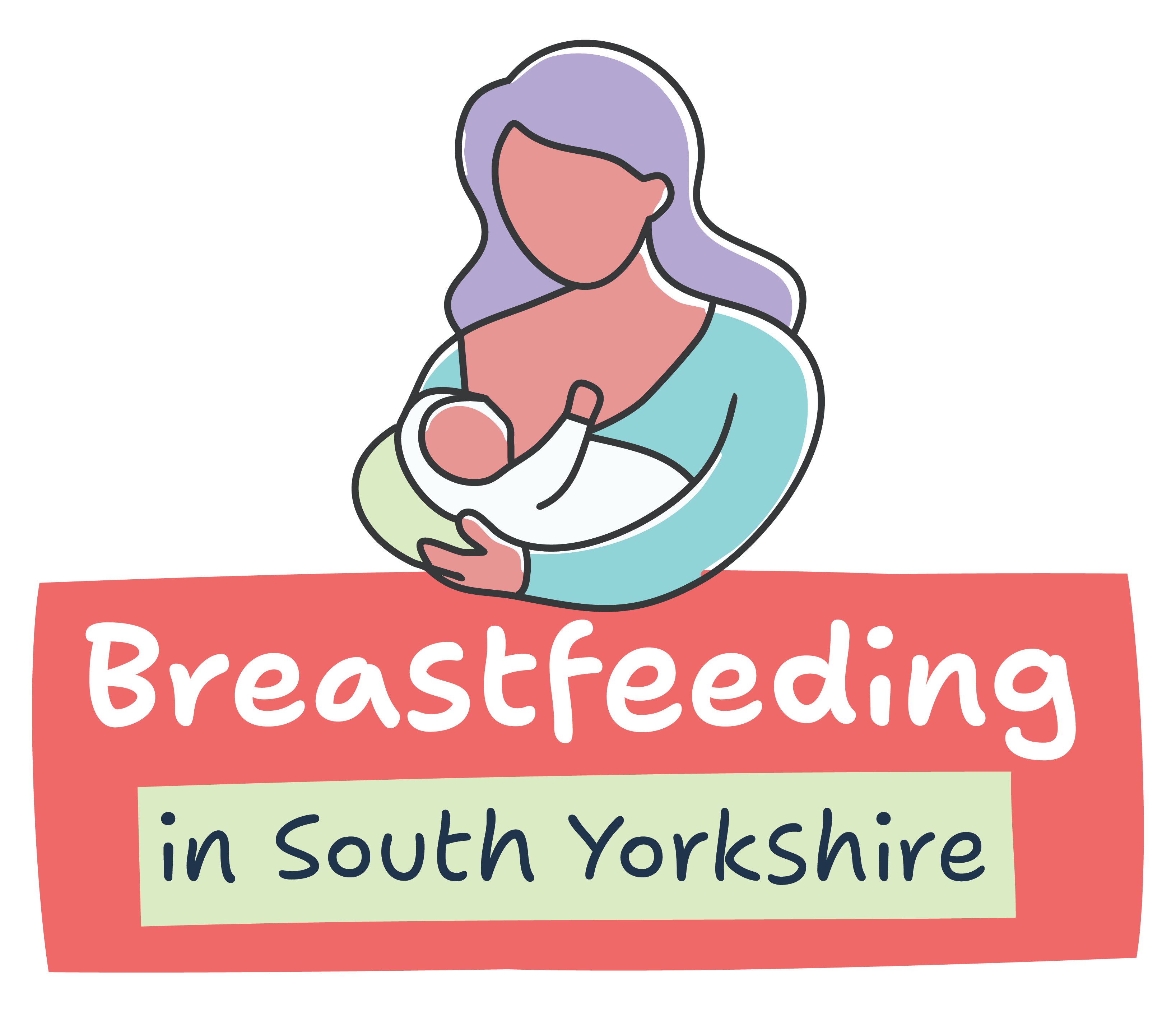Positioning and attachment
What position you should use
There are lots of different positions for breastfeeding. You just need to check the following:
Your baby’s head and body in a straight line
If their neck is twisted, your baby might not be able to swallow easily.
You're holding your baby close to you
Your baby should be facing the breast. Support their neck, shoulders and back. They should be able to tilt their head back easily and shouldn’t have to reach out to feed.
You're comfortable
It’s good to get comfortable before a feed, although it’s ok to change your position slightly once the baby is attached to the breast.
Your baby’s nose opposite your nipple
Your baby needs to get a big mouthful of breast from underneath the nipple. Placing your baby with their nose level with your nipple will allow them to reach up and attach to the breast well.

Signs that your baby is feeding well
These signs show that your baby is attached correctly and feeding well:
- your baby’s chin is firmly touching your breast
- it shouldn’t hurt you when your baby feeds (although the first few sucks may feel strong)
- if you can see the dark skin around your nipple, you should see more dark skin above your baby’s top lip than below your baby’s bottom lip
- your baby’s cheeks stay rounded during sucking
- your baby rhythmically takes long sucks and swallows (it’s normal for your baby to pause from time to time)
- your baby finishes the feed and comes off the breast on their own
Positioning and attachment advice (Unicef UK)
More information
It can take a while before you feel confident. You can ask your midwife, health visitor or peer support worker to help you with positioning and attachment.
Your local area
Visit your local area page for details of support available to you locally.
Out of hours support
You can also call the National Breastfeeding Helpline on 0300 100 0212.

